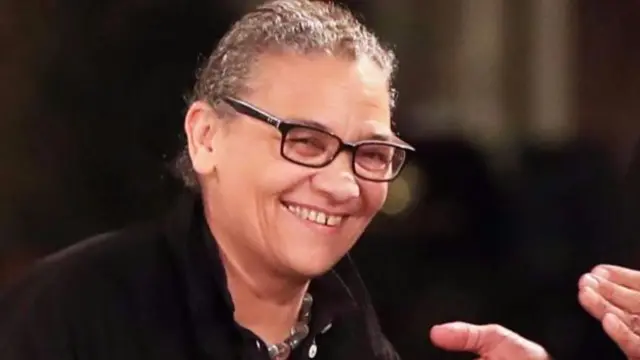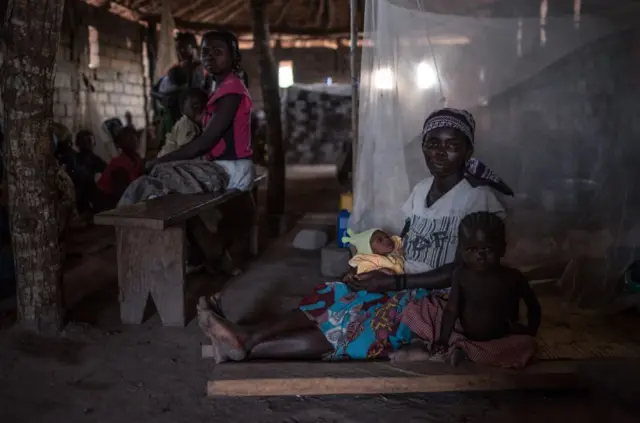Little Foot's skeleton to be unveiledpublished at 09:50 GMT 6 December 2017
 Andrew Harding
Andrew Harding
BBC News, Johannesburg
One of the world’s oldest and most complete skeletons of our ancient ancestors is being unveiled in Johannesburg today.
South African scientists, who have spent 20 years excavating and preparing Little Foot, say the fossilised remains are more than three million years old.
She is small, ape-like, and almost completely intact.
Scientists have been carefully extracting her from a block of ancient rock over the course of two decades.
Now Little Foot is unbound, reassembled and anxious to shake up our understanding of our own human origins.
Her exact age has been hotly disputed, but her handlers insist she’s 3.67 million years old.
That means she was alive at roughly the same time as Lucy – a different, less complete, but more famous skeleton of an ancient human relative found in East Africa.
It now looks like our family tree may be even more complicated than we thought, and spread across a much bigger chunk of this continent.
Little Foot was found in a network of caves north-west of Johannesburg – a site that has become something of a treasure trove for scientists more used to drawing big conclusions from far smaller fragments of ancient bone.
In this video, Prof Ron Clarke, from University of the Witwatersrand, explains his painstaking work to uncover the world's most complete skeleton of an Australopithecus:
Allow YouTube content?
This article contains content provided by Google YouTube. We ask for your permission before anything is loaded, as they may be using cookies and other technologies. You may want to read Google’s cookie policy, external and privacy policy, external before accepting. To view this content choose ‘accept and continue’.




